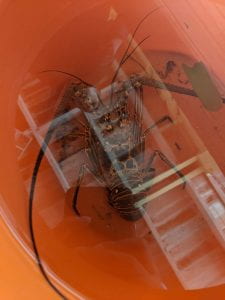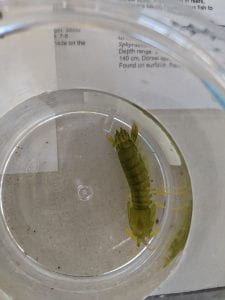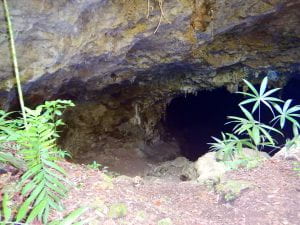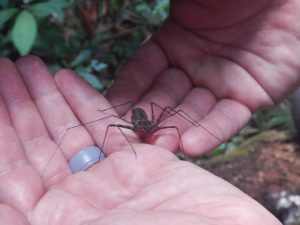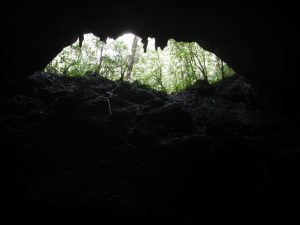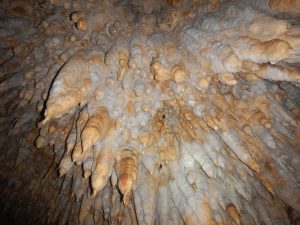Another early morning and right onto the boat! We went to two different marine protected areas. After laying out our transects and quadrats and collecting our data on live versus dead coral we did another sea urchin hunt. The first area I was only able to find one dead urchin skeleton, but as a class we got 52 sea urchins and a sea egg named Harry. The second site I had a little better luck, I managed to find one sea urchin, but with it was a bonus brittle star! I also found 2 crabs while searching for urchins but I couldn’t see any of them aside from colors before they scrambled away. Best guess is that they’re either green porcelain crabs, or emerald crab/green clinging crab. I didn’t see any lobsters, but Ruth, one of our water safety officers, found a ton and took some photos on my camera (her photography is miles better than mine!) that I’ll add here after I figure out how the camera works. We also caught another lionfish on this trip out, it’s in the freezer now waiting to be eaten. Everyone is saying we’re going to make ceviche at the end of the week with the fish, I’ve never had it before so hopefully it’s good!
Our post lecture snorkel took us to a reef just a little off of the island, this reef had lots of fish and even a stingray and reef squid! We also saw 4 lionfish around the reef but since they were small they were hard to catch and we didn’t manage to get any of them. Hopefully we’ll have better luck tomorrow. This reef was much more bleached and dead then the other patches we’ve visited, and there was a lot of algae on the sea floor decaying and suffocating the coral with their decomposition. Despite that the living parts of the reef were amazing and the fish were huge! I can’t wait for tomorrow, I’m really hoping conditions are good enough for us to visit the fore reef.


